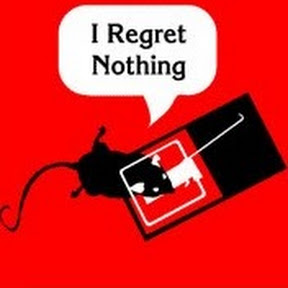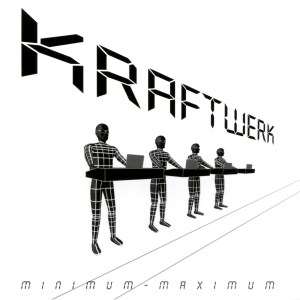Resources to test, install, and run your first instances of Linux and open source software.
I highly discourage dual booting as a novice.
Back when I dual booted I had so many issues and things to look out for not to break the system, and distro hopping is difficult etc… just get rid of windows
try Ubuntu, Mint, or Pop!_OS.
Mint and pop are basically ubuntu. For the end user, especially a beginner, there’s 0 difference between them.
I ran dual boot for years with zero issues. Just partition the drive or use two different ones.
Mint and pop are basically ubuntu
Which makes Ubuntu basically Debian right? So just install that!
For a user coming from Windows I recommend Mint Cinnamon as it will give them the best, most familiar experience. Yes a newbie could find and install Ubuntu Cinnamon but the default ISO on the downloads page will saddle them with Gnome.
Mint and pop are basically ubuntu.
Big difference: Pop, at least, does not push Canonical’s proprietary “Snap” nonsense. You can use it if you really want, but it’s not installed by default. No
snapdon my system, thanks.Mint is also strongly against Snap. The plurality of Mint’s users guide is “Why Snaps are disabled by default.”
Fair point, but that probably wouldn’t be a “big difference” for a first time user.
Sure, but if I were recommending a Linux OS to a first-time user, I wouldn’t recommend today’s Ubuntu as it is likely to lock them into a proprietary single-vendor system, which is contrary to one of the main points of promoting free software.
The first-time user might not immediately notice the difference, but it’s (unfortunately) bad for free software to have more new users starting on today’s Ubuntu.
This is pretty sad because Ubuntu used to be the obvious choice to recommend to new users.
Dual booting is fine if you are using 2 Linux OSes.
If one partition has windows installed an update can hijack the Linux partition or remove the grub.
Old news. I updated Winblows and nothing happened to systemd-boot.
It will depend on the update.
Either way, If I want to have a windows install, it’s either
- in a vm
- on a different physical disk that is kept physically unplugged from the motherboard until it is needed and then I’ll plug it in while unseating the Linux drives and any other drives windows does not need access to
- a different computer
I hate it, basically I have to force myself when I boot into windows to physically disconnect the RJ45 from the back, so it doesn’t replace the boot entries thru an update.
If you have to dual boot, give Windows a separate disk.
For the end user, especially a beginner, there’s 0 difference between them.
Shouldn’t be the other way around? Beginners usually won’t want to install DE’s or other stuff by hand:
-
Linux Mint offers a Windows-like experience with cinnamon out of the box, and has several stuff setup by default like system snapshots and media codecs.
-
Pop!_OS is really appealing visually and very comfortable to use and setup.
-
Ubuntu, well, is Ubuntu. I’m not diving into it.
-
This is nice but there are already tons of “how/why to start using Linux” websites. Not sure if we need another one.
I still keep my old Windows disk as a second boot option. Might finally wipe it at some point.
I was scared to install Linux as a daily driver at first. Then Windows Update screwed up my install and I said “Screw it, I’m not installing Windows again”. Basically Windows took the decision to uninstall it for me :)
I’ll probably just keep a Win10 VM if need be.
I use wine most of the time. In extreme cases qemu will do it.
Can you run PhotoShop and such okay?
I haven’t tried Photoshop, but all the Windows apps I’ve used in Linux (mostly games) run seamlessly. Probably you can find a YouTube tutorial for configuring wine for your needs
Wine will not run Photoshop because of the DRM. More than fifteen years ago, you could run Photoshop in Wine, but Adobe’s DRM is probably what killed it. You might be able to get Affinity Photo running in Wine with some manual tweaks, though. I haven’t personally tried in over a year, but there are people on the Affinity forums who have been able to get it working.
Photoshop would probably work alright in a VM, though. GNOME Boxes is a good zero-configuration Virtual Machine manager.







